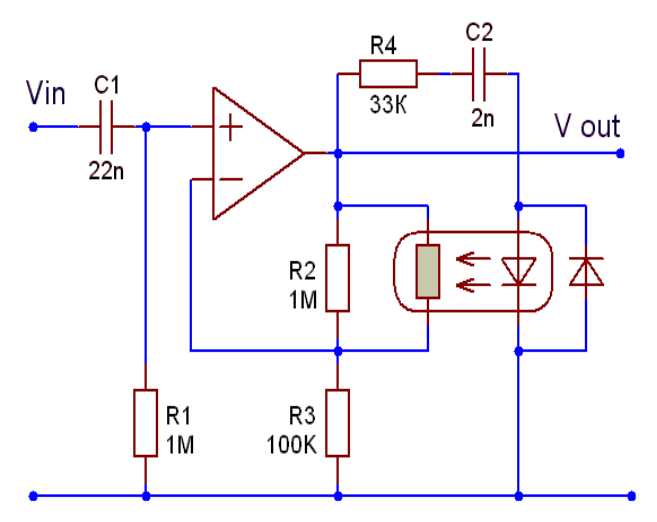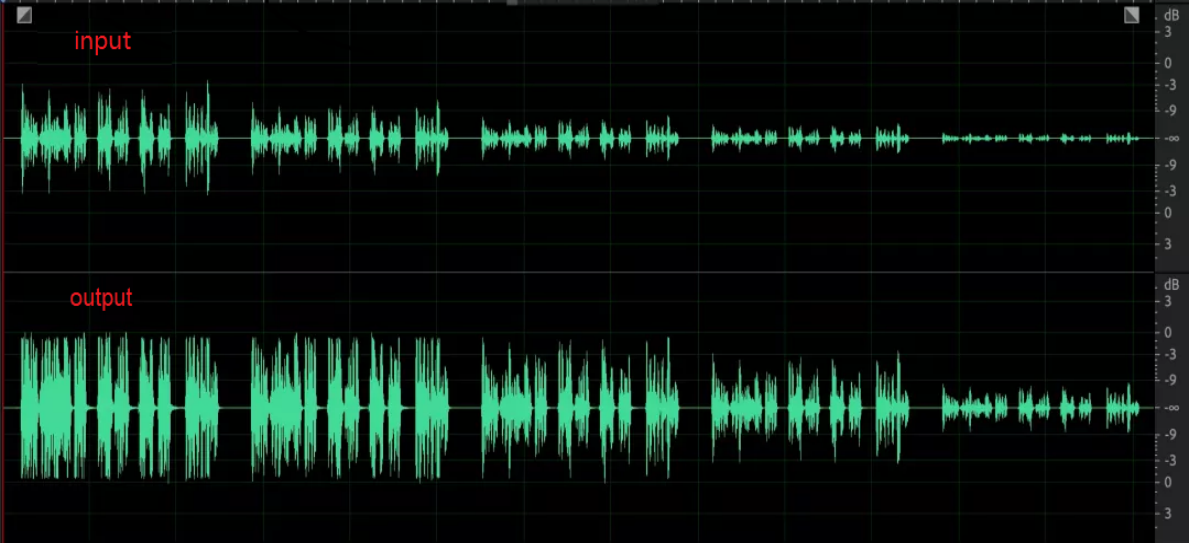AGC: Automatic Gain Control
July 29 , 2022Automatic gain control (AGC) is a closed-loop feedback regulating circuit in an amplifier or chain of amplifiers, the purpose of which is to maintain a suitable signal amplitude at its output, despite variation of the signal amplitude at the input. The average or peak output signal level is used to dynamically adjust the gain of the amplifiers, enabling the circuit to work satisfactorily with a greater range of input signal levels. It is used in most radio receivers to equalize the average volume (loudness) of different radio stations due to differences in received signal strength, as well as variations in a single station's radio signal due to fading. Without AGC the sound emitted from an AM radio receiver would vary to an extreme extent from a weak to a strong signal; the AGC effectively reduces the volume if the signal is strong and raises it when it is weaker. In a typical receiver the AGC feedback control signal is usually taken from the detector stage and applied to control the gain of the IF or RF amplifier stages.

Tonmind SIP Ceiling Speaker SIP-S01M has built-in MIC, thus it supports two-way communication. It has applied AGC to automatically adjust the volume of MIC.
How Does AGC Work?
The signal to be gain controlled (the detector output in a radio) goes to a diode & capacitor, which produce a peak-following DC voltage. This is fed to the RF gain blocks to alter their bias, thus altering their gain. Traditionally all the gain-controlled stages came before the signal detection, but it is also possible to improve gain control by adding a gain-controlled stage after signal detection.
Tonmind IP Paging Adapter SIP-T20 has interface of MIC, thus it can support two-way communication. We plan to add AGC in the future to automatically adjust the volume of the MIC.
The Position of AGC in WebRTC
Before talking about the AGC audio stream processing framework, let's take a look at the position of AGC in real-time audio and video communication. Figure 1 shows the same device as the sender audio data from collection to encoding, and as the receiver audio data from decoding to playback. the process of. AGC acts as an equalizer and a compressor at the sending end to adjust the volume of the push stream, and at the receiving end only serves as a compressor to prevent the audio data from popping after mixing. In theory, after the push end AGC is robust enough, pull the stream end Just as a compressor is enough, some manufacturers will do another AGC in order to further reduce the volume difference of different voices after mixing.
Tonmind IP Speaker PCB Board SIP-K20-M and SIP-K20C-M have interface of MIC, thus it can support two-way communication. We plan to add AEC in the future to automatically adjust the volume of the MIC.
AGC is used in Audio/Video
An audio tape generates a certain amount of noise. If the level of the signal on the tape is low, the noise is more prominent, i.e., the signal-to-noise ratio is lower than it could be. To produce the least noisy recording, the recording level should be set as high as possible without being so high as to clip or distort the signal. In professional high-fidelity recording the level is set manually using a peak-reading meter. When high fidelity is not a requirement, a suitable recording level can be set by an AGC circuit which reduces the gain as the average signal level increases. This allows a usable recording to be made even for speech some distance from the microphone of an audio recorder. Similar considerations apply with VCRs. A potential disadvantage of AGC is that when recording something like music with quiet and loud passages such as classical music, the AGC will tend to make the quiet passages louder and the loud passages quieter, compressing the dynamic range; the result can be a reduced musical quality if the signal is not re-expanded when playing, as in a companding system. Some reel-to-reel tape recorders and cassette decks have AGC circuits. Those used for high-fidelity generally don't. Most VCR circuits use the amplitude of the vertical blanking pulse to operate the AGC. Video copy control schemes such as Macrovision exploit this, inserting spikes in the pulse which will be ignored by most television sets, but cause a VCR's AGC to overcorrect and corrupt the recording.
